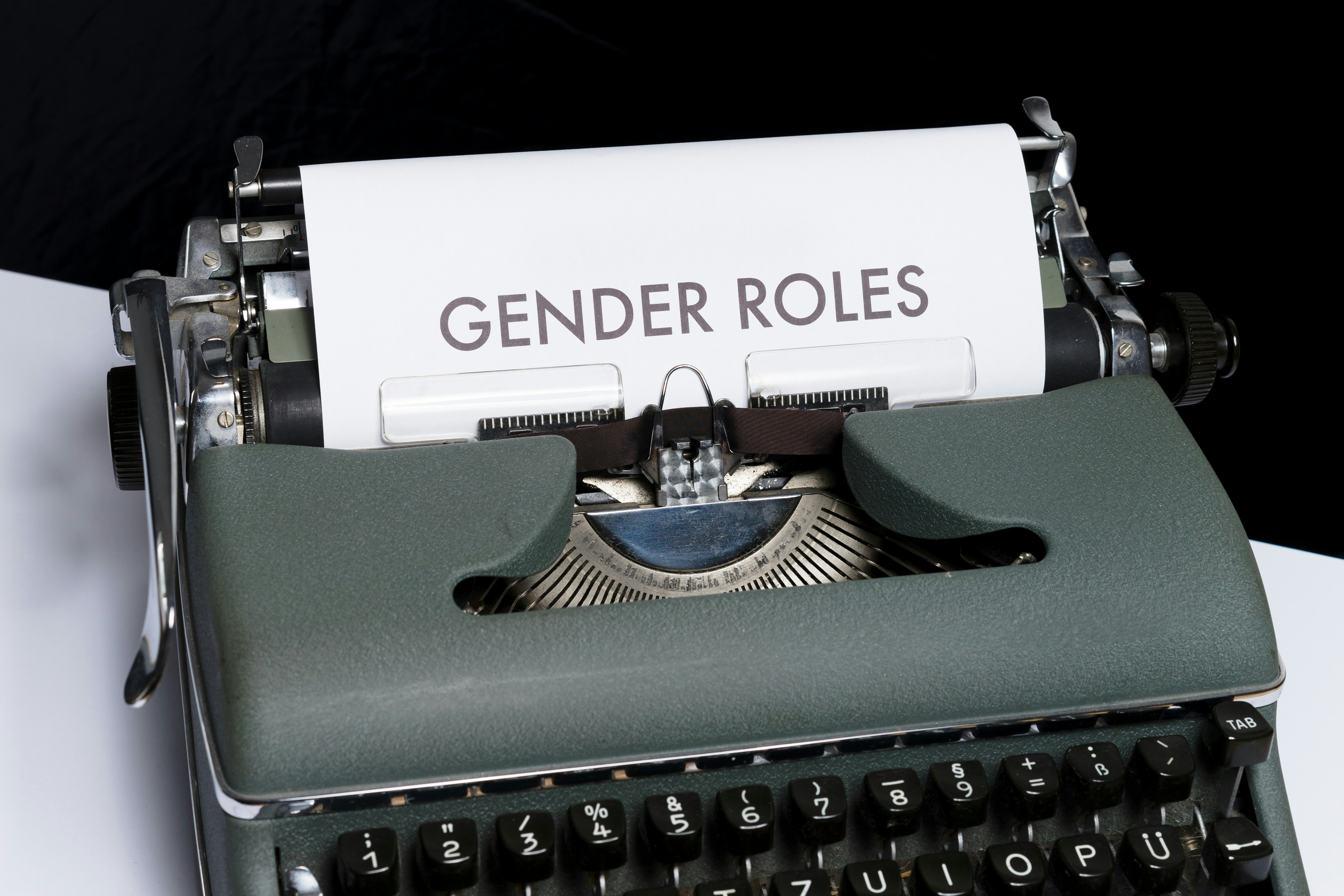Understanding Trump’s Stance on Gender
Former President Donald Trump’s administration reflected a definitive approach toward gender, prioritizing a traditional binary view. This perspective aligned closely with his broader political ideology, which often emphasized values resonating with portions of the electorate that favor traditional beliefs. Within this context, Trump’s policies and proclamations regarding gender were intended to resonate with his core supporters, who uphold a perspective viewing gender strictly as male or female. This decision was not merely a reflection of personal belief; it has substantial implications for federal policies, particularly affecting areas such as healthcare, education, and employment.
The administration’s stance was manifested through various policy changes, including the reversal of guidelines established under the Obama administration, which supported transgender rights in various sectors. By reinforcing a binary view of gender, Trump attributed roles and expectations in society strictly based on one’s assigned sex at birth, raising concerns among many human rights advocates and organizations. Trump’s approach was further amplified by his appointments of officials who shared similar views, indicating a comprehensive alignment with long-standing conservative ideologies.
The implications of this binary gender stance are multifaceted. Critics argue that such policies contribute to discrimination and marginalization of transgender individuals, denying them recognition and rights that would affirm their identities. The assertion of only two genders not only dismisses the experiences of non-binary and gender non-conforming individuals but also enshrines a viewpoint detrimental to the progress of the LGBTQ+ movement. As a result, many critics within the LGBT community perceive this stance not just as a policy decision but as a broader attack on human rights and inclusivity.
Ultimately, Trump’s enforcement of a binary gender framework exemplifies a key aspect of his political strategy, highlighting a divisive issue that remains at the center of contemporary social discourse.
Reasons for Trump’s Success in Promoting a Binary Gender Concept
One primary reason supporters attribute to Trump’s success in promoting a binary gender framework is the cultural backlash against progressive gender theories. Following the rise of non-binary and gender fluid identities, many individuals within conservative circles have felt a sense of disillusionment. By advocating for a two-gender system, Trump resonates with a significant portion of the American populace that perceives this stance as a corrective measure against what they view as an overreach of progressive ideology.
Additionally, Trump’s decision aligns well with traditional conservative values, which often emphasize the importance of established societal norms. This alignment has reinforced his supporters’ beliefs in the preservation of conventional gender roles. For many, maintaining a binary gender system underscores the stability and predictability that these values represent, making Trump’s stance appealing to those who crave a return to these norms in a rapidly changing society.
The mobilization of the Republican base also plays a critical role in this context. For many conservative voters, Trump’s binary approach has acted as a rallying point, galvanizing them for action during elections and political campaigns. By portraying himself as a defender of traditional values, he has further solidified his support from the party’s conservative factions, which champion the idea of two distinct genders as foundational to societal structure.
Mainstream media portrayal of Trump’s policies has also impacted public perception. Supporters argue that the media often emphasizes only the negative aspects of his gender policies, ignoring their successes among a segment of the population. This selective reporting can inadvertently strengthen his followers’ communication and advocacy efforts, reinforcing their belief in the validity of a two-gender framework.
Finally, the influence of religious groups remains a significant factor. Many religious denominations advocate for traditional gender roles, and Trump’s alignment with these beliefs has garnered him substantial support from these communities. His policies echo their teachings, thereby fortifying their commitment to a binary gender understanding, which is frequently seen as aligned with their moral values.
LGBT Community’s Response to Trump’s Policies
The LGBT community has responded vigorously to President Trump’s decisions concerning gender, perceiving these actions as a regression in the fight for equal rights. Critics allege that the administration’s stance reflects an outright discrimination against transgender individuals, thereby undermining years of progress towards inclusivity. Many activists argue that the new policies not only fail to recognize the rights of transgender people but also openly contribute to their marginalization within society.
Activists and organizations within the LGBT community assert that the implications of these policies extend far beyond mere categorization. They argue that such decisions foster an environment where discrimination can flourish; trans individuals, particularly, face heightened risks of violence and discrimination. In their eyes, Trump’s resolution influences societal dialogues around gender identity in detrimental ways, potentially leading to increased stigmatization.
Moreover, the sentiment of alienation is palpable among LGBT community members. Many feel that their identities are being invalidated through the narrowing of gender to a binary construct. Organizations, such as the Human Rights Campaign and GLAAD, have publicly condemned these policies, emphasizing that they contradict the core principles of equality. In several statements, leaders from these groups have articulated concern over how such policies not only hurt individuals but also reflect a broader societal rejection of diversity.
Careful analyses of Trump’s decisions reveal that the consequences are profoundly unsettling. The LGBT community remains adamant about opposing any initiatives reminiscent of an approach that categorizes individuals solely based on rigid gender binaries. Advocacy for gender diversity continues, emphasizing that these policies must not dictate the lives and rights of citizens who wish to express their authentic selves. This ongoing dialogue underscores the challenges faced by the LGBT community in today’s socio-political landscape, illustrating a fervent battle for not only recognition but also dignity and respect for all gender identities.
Trump’s Indifference to LGBT Backlash: A Political Strategy?
Donald Trump’s approach to LGBT criticism and his reported indifference to backlash raises questions about whether this behavior is a calculated political strategy. Throughout his tenure, Trump has consistently prioritized the interests of his core support base, which tends to include socially conservative voters who may not align with LGBT rights advocacy. This deliberate choice may enhance his electoral appeal among constituents who view traditional gender roles as integral to American values.
By adopting a stance that dismisses or diminishes LGBT concerns, Trump may be engaging in a strategy that mobilizes his base rather than alienating it. This scenario is not unique to Trump; politicians across the spectrum have often leveraged controversies to galvanize their supporters. For instance, by positioning himself as a defender of what he perceives to be ‘traditional’ values, Trump can reinforce loyalty among voters who fear the rapid changes in societal norms.
This practice of prioritizing core supporters over minority group concerns illuminates a broader trend in contemporary politics, where candidates may exploit divisive issues to drive voter engagement. In this context, it is plausible that Trump views LGBT criticism not as a liability but as an opportunity to solidify his standing with conservatives. Moreover, the potential long-term effects of this strategy on the political landscape cannot be overlooked; it may lead to a heightened polarization among the electorate, as both sides become more entrenched in their respective positions.
Furthermore, Trump’s indifference could act as a signal to other politicians within the Republican Party that this approach is politically viable, thus embedding this strategy deeper into the party’s framework. The ramifications of such strategies could reshape policies and discussions surrounding LGBT rights for years to come, suggesting that Trump’s tactics might extend beyond mere indifference, potentially influencing political agendas moving forward.



